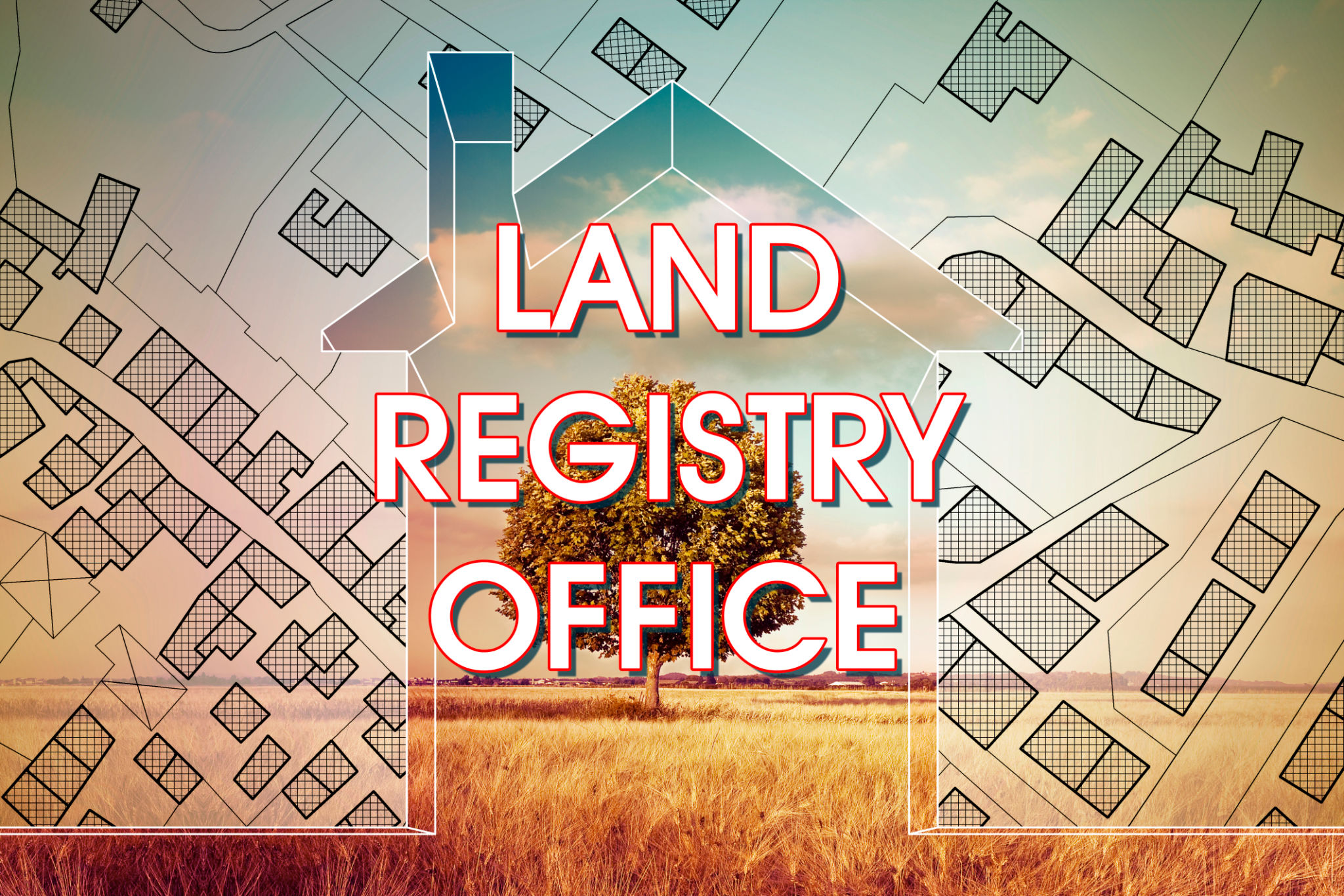Understanding Land Acquisition Processes in Uganda: A Step-by-Step Guide
Introduction to Land Acquisition in Uganda
Understanding the land acquisition process in Uganda is crucial for anyone looking to invest in property or engage in development projects. The procedures can be complex, especially for those unfamiliar with local laws and regulations. This guide aims to simplify the process, providing a clear, step-by-step approach to acquiring land in Uganda.

Step 1: Identifying the Type of Land Ownership
One of the first steps in land acquisition is determining the type of land ownership. In Uganda, land can be owned under different tenure systems, including customary, freehold, leasehold, and mailo land. Each type has unique legal implications, and understanding these is essential before making any purchase.
Customary Land
This type of land is owned by indigenous communities and is governed by customary laws. Acquiring customary land often involves negotiating with local leaders or elders.
Freehold Land
Freehold land offers permanent and absolute ownership, which is ideal for those looking to have full control over their property. This type of land can be sold, transferred, or leased as desired by the owner.

Step 2: Conducting Due Diligence
Once you've identified the type of land ownership, it's time to conduct due diligence. This includes verifying the legitimacy of the seller and ensuring there are no disputes or encumbrances on the property. A thorough title search at the Ministry of Lands, Housing, and Urban Development can help confirm ownership details and any existing claims.
Engaging a Professional Surveyor
Hiring a professional surveyor is highly recommended. A surveyor will help you understand the exact boundaries and size of the land, preventing future disputes. They will also assist in ensuring that the land is not located in a protected area or reserved for government use.

Step 3: Negotiating the Purchase
After due diligence, negotiate the terms of purchase with the seller. It's advisable to engage a qualified lawyer who can assist with drafting the sale agreement. The agreement should clearly outline the terms of sale, price, payment schedule, and any other conditions agreed upon by both parties.
Signing the Sale Agreement
Both buyer and seller should sign the sale agreement in the presence of a lawyer or legal professional to ensure its validity. This document serves as a binding contract and outlines each party's rights and responsibilities.
Step 4: Transferring Land Ownership
Once the sale agreement is signed, the next step is transferring ownership. This involves registering the change of ownership with the relevant authorities. You'll need to submit several documents, including proof of payment, identification documents, and the signed sale agreement.

Final Registration Process
The final registration process can take several weeks to complete. During this period, it's important to follow up regularly with the land registry office to ensure there are no delays or issues with your application.
Conclusion: Navigating Land Acquisition Successfully
Navigating the land acquisition process in Uganda requires patience and attention to detail. By understanding the different stages involved and engaging professionals where necessary, you can successfully acquire land in Uganda. Whether you're investing for personal or commercial reasons, following this step-by-step guide will help ensure a smooth transaction.
